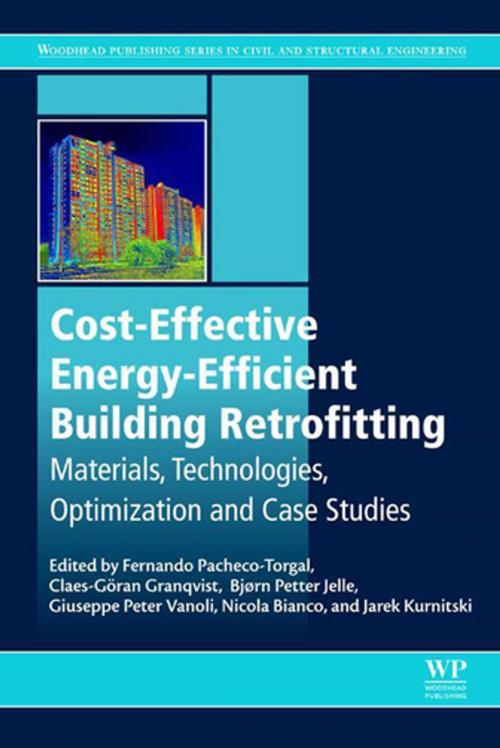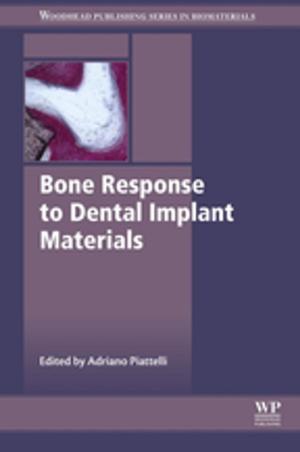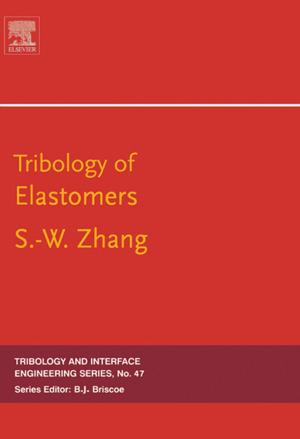Cost-Effective Energy Efficient Building Retrofitting
Materials, Technologies, Optimization and Case Studies
Nonfiction, Art & Architecture, Architecture, Methods & Materials, Science & Nature, Technology, Construction & Construction Trades| Author: | ISBN: | 9780081012277 | |
| Publisher: | Elsevier Science | Publication: | January 3, 2017 |
| Imprint: | Woodhead Publishing | Language: | English |
| Author: | |
| ISBN: | 9780081012277 |
| Publisher: | Elsevier Science |
| Publication: | January 3, 2017 |
| Imprint: | Woodhead Publishing |
| Language: | English |
Cost-Effective Energy Efficient Building Retrofitting:Materials, Technologies, Optimization and Case Studies provides essential knowledge for civil engineers, architects, and other professionals working in the field of cost-effective energy efficient building retrofitting.
The building sector is responsible for high energy consumption and its global demand is expected to grow as each day there are approximately 200,000 new inhabitants on planet Earth. The majority of electric energy will continue to be generated from the combustion of fossil fuels releasing not only carbon dioxide, but also methane and nitrous oxide. Energy efficiency measures are therefore crucial to reduce greenhouse gas emissions of the building sector.
Energy efficient building retrofitting needs to not only be technically feasible, but also economically viable. New building materials and advanced technologies already exist, but the knowledge to integrate all active components is still scarce and far from being widespread among building industry stakeholders.
- Emphasizes cost-effective methods for the refurbishment of existing buildings, presenting state-of-the-art technologies
- Includes detailed case studies that explain various methods and Net Zero Energy
- Explains optimal analysis and prioritization of cost effective strategies
Cost-Effective Energy Efficient Building Retrofitting:Materials, Technologies, Optimization and Case Studies provides essential knowledge for civil engineers, architects, and other professionals working in the field of cost-effective energy efficient building retrofitting.
The building sector is responsible for high energy consumption and its global demand is expected to grow as each day there are approximately 200,000 new inhabitants on planet Earth. The majority of electric energy will continue to be generated from the combustion of fossil fuels releasing not only carbon dioxide, but also methane and nitrous oxide. Energy efficiency measures are therefore crucial to reduce greenhouse gas emissions of the building sector.
Energy efficient building retrofitting needs to not only be technically feasible, but also economically viable. New building materials and advanced technologies already exist, but the knowledge to integrate all active components is still scarce and far from being widespread among building industry stakeholders.
- Emphasizes cost-effective methods for the refurbishment of existing buildings, presenting state-of-the-art technologies
- Includes detailed case studies that explain various methods and Net Zero Energy
- Explains optimal analysis and prioritization of cost effective strategies















